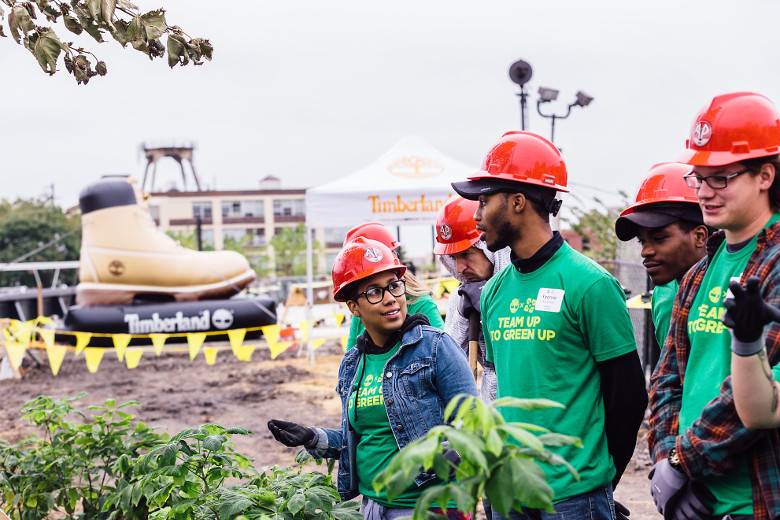Timberland fights for sustainability on three fronts
18/04/2018

The company splits its efforts into three categories: product, outdoors and community.
Among the progress it highlighted in the product category was that 81% of the apparel cotton it used in 2017 came from organic, US origin or Better Cotton Initiative-certified sources. This was an increase from 58% in 2016 and moves its closer to its goal of 100% by 2020.
Timberland used the equivalent of 40 million plastic bottles worth of recycled PET in its footwear in 2007, compared to three million in 2016.
Also in the footwear category, Timberland has committed to eliminating PFCs from the durable water repellent (DWR) treatments it uses in its products by 2020. It said it has already managed to eliminate PFC-based DWR treatments from its top volume waterproof footwear leathers and is continuing to work to do so for its remaining footwear products. In 2017, 91% of its footwear DWRs were free of PFCs.
In the community category, 2017 marked the 25th anniversary of Timberland’s Path of Service initiative, which sees its employees volunteer their time to help projects around the world. Last year, the company’s staff spent more than 56,000 hours serving others. This was led by Timberland’s manufacturing facility in the Dominican Republic, where employees donated more than 8,000 hours of their time.
In terms of outdoor commitments, Timberland revealed it planted more than 400,000 trees in 2017, bringing its total to more than 9.6 million. It is on target to exceed its goal of 10 million trees by 2020. It has also worked to restore urban green space in the US and Europe, including transforming an abandoned railway in Philadelphia into a park, which will open to the public in spring 2018.
Image shows Timberland employees working to create Philadelphia’s new Rail Park, formerly the site of an abandoned railway (credit: Timberland).








